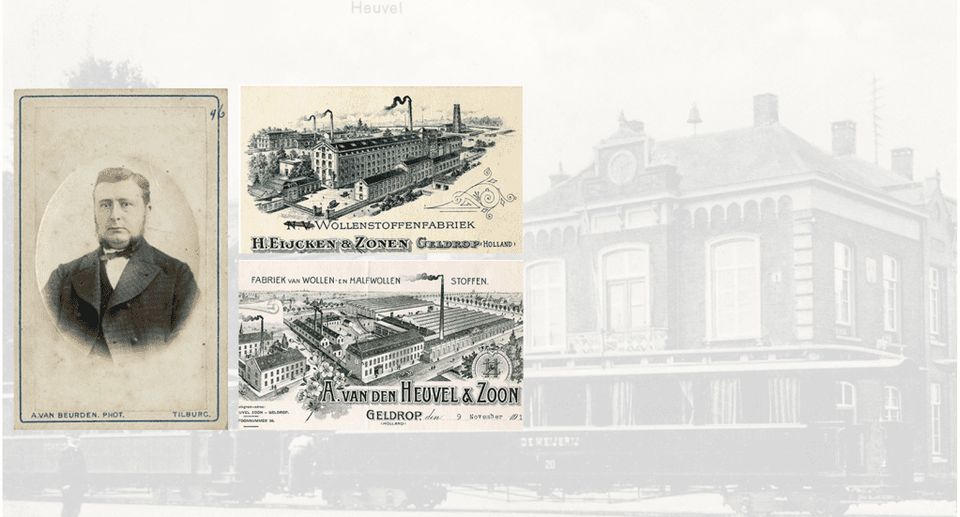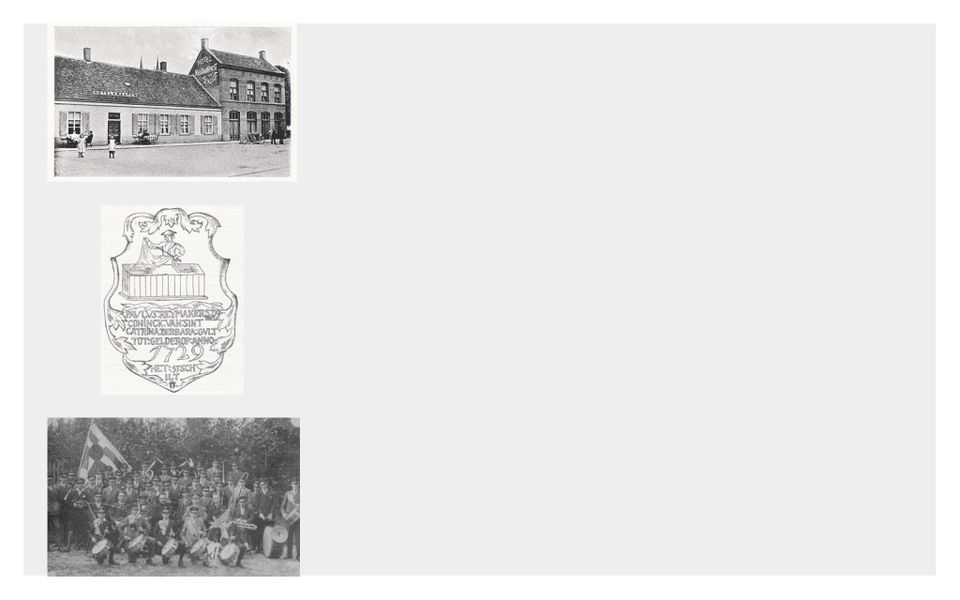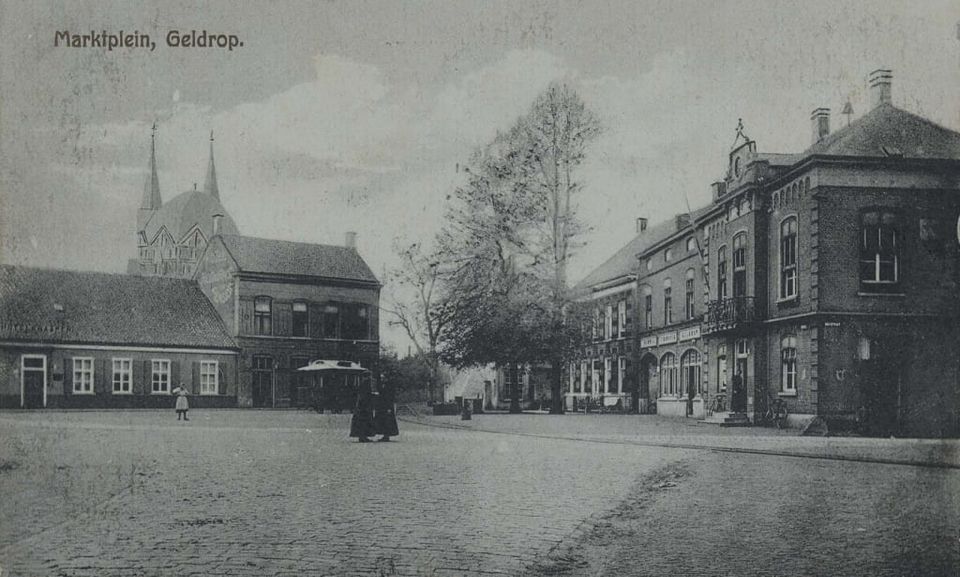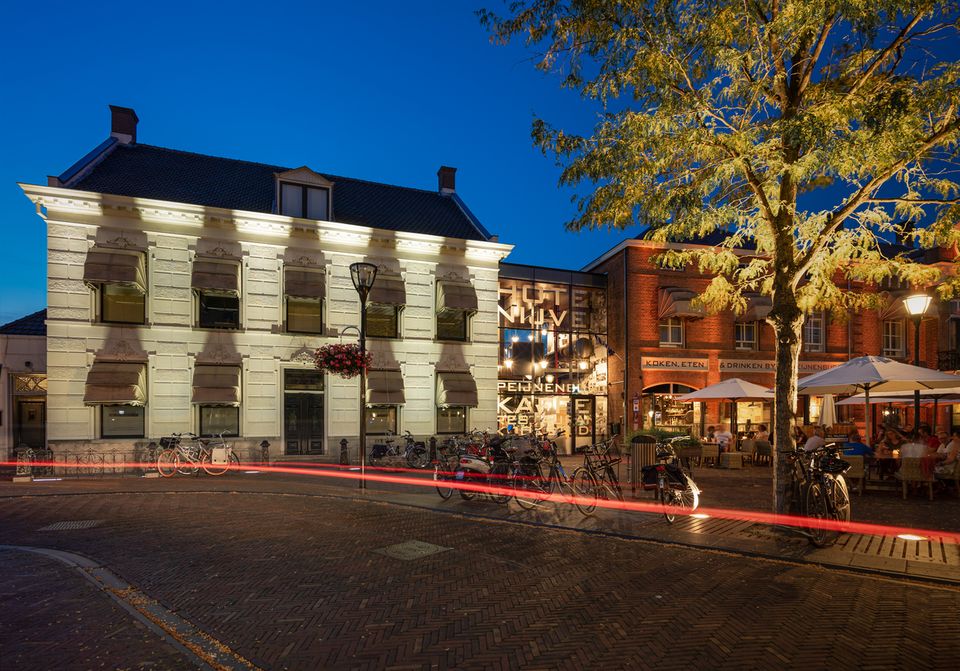Heuvel
It is dry on a sand ridge. That is why the first inhabitants of 'Gheldorpe' chose De Heuvel as a place to live (first mention: 13th century). It was pleasant with many inns and the militia. There was also a lively cloth trade in the 'De Swaen' inn, with sheets from the local weavers. Joost Vogelpoel started the first textile factory there. Others followed, including Adriaan van den Heuvel. The textile industry disappeared. But the entertainment on "Horecaplein" remained.
'Van thuiswevers naar textielindustrie'
Cloth trade & Homeworkers
The presence of heather and grass, and thus sheep, led to the production of wool by home weavers. In the early 1600s, the home weavers in and around Geldrop-Mierlo made excellent "laekens".

The Manufacturers on the Heuvel
Jan Willem Vogelpoel & son Joost (Judocus) were the largest cloth manufacturers in Geldrop at the end of the 18th century. Of the 11,636 miscellaneous products in 1795, 8,000 were from Mr. Vogelpoel. Thanks to Jan Willem Vogelpoel, the industrialisation of the textile industry in Geldrop got kicked in high gear.

Work hard - Party hard
The people of Geldrop loved a drink; there were many inns where the beer and gin flowed freely. According to a description from 1794, Geldrop then had fourteen tappers and innkeepers, quite a lot for a small village. Some well-known inns on the Heuvel were the Wildeman, De Swaen, Hotel Knaapen, the Vossenhol and the Rode Leeuw. The latter was also a gin distillery. The annual highlight was the fair.

Much has changed on De Heuvel. But some things still remain the same. The catering square is still known for the activities, the vibrant catering industry. It is still the core of the village.
In Geldrop, the police and fire brigade became part of the municipality in 1 October 1947 and the mayor became head of both. From 1969, the police were located in a building on the corner of the Wiekslag, which is now called Laan der Vier Heemskinderen. The fire brigade also got a new building in 1975, located on Laan der Vier Heemskinderen.
At the end of the 16th century, people in and around Geldrop were busy with textiles. Textiles are in our DNA. Adrianus van den Heuvel (1794-1854) was the founder of the industrial production of textiles. He was the son of a brewer and landowner, Wilhelmus A. van den Heuvel.

